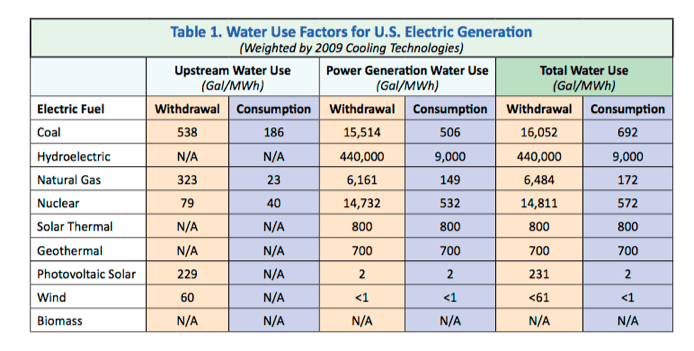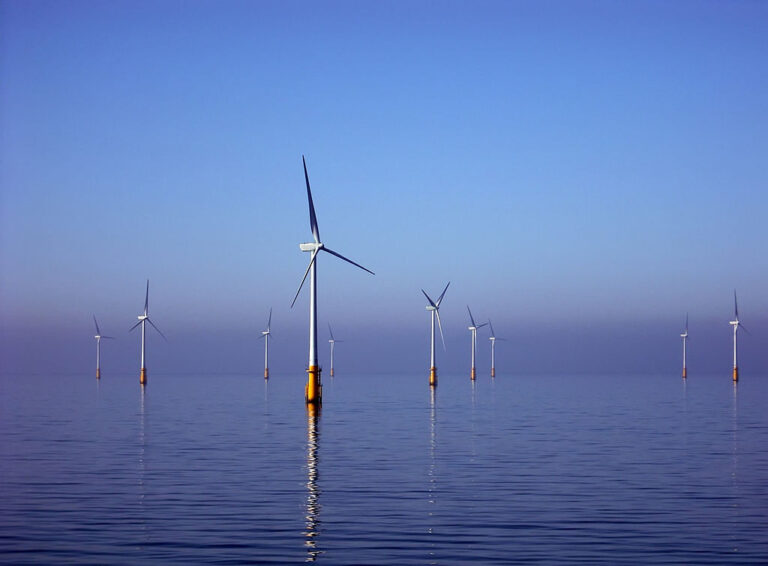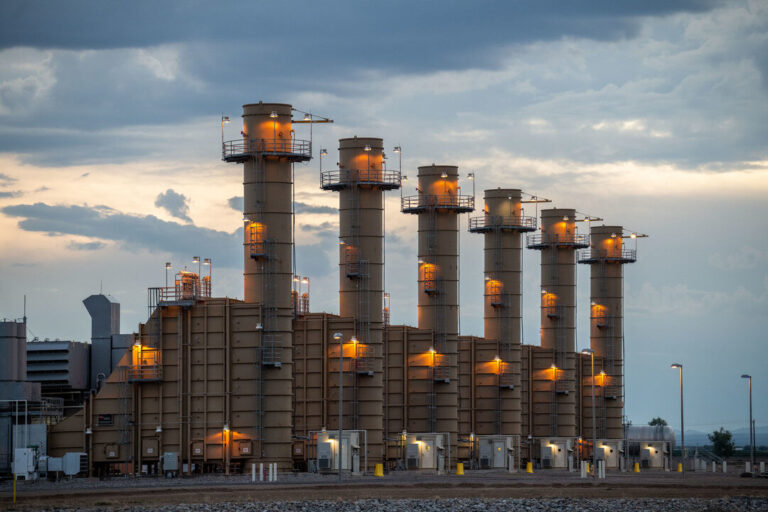Tucson Electric Power: Ignoring Water, Climate Change Risks

In a previous post, I pointed out that while Tucson Electric Power (TEP) talks a good game about solar, its future plans tell a different story. TEP is putting its eggs into new natural gas and old coal rather than fully embracing distributed and utility-scale solar.
TEP recently stunned the solar-plus-storage market by signing a 20 year Power Purchase Agreement (PPA) for 4.5 cents/kWh all-in costs, which includes 120 MWh of energy storage. This cheap rate should be compared to what TEP paid for natural gas fuel alone in 2014 — not including the power plant or operations and maintenance — $5.17/MMbtu. TEP is betting the farm that natural gas will remain cheap and plentiful. Arizona imports all its natural gas, and has no natural gas storage, as Arizona Corporation Commissioner Andy Tobin has pointed out.
Fixed tilt solar in southern Arizona boasts a 27% capacity factor, in other words generating electricity for 27% of the 8,760 hours in a year. TEP’s 2016 Integrated Resource Plan (IRP) reports that Concentrating Solar Power (CSP, or solar thermal electric) that includes 6 hours’ storage has a capacity factor of 50%, (meaning that it produces electricity for 50% of the hours/year), with 83% of the electricity generated coincident with TEP’s system peak. This means that 83% of the power generated by CSP would be very valuable to TEP, since the power is generated during times of high demand.
Although CSP uses a fair amount of water, solar PV uses very little. And while CSP uses water during power generation, there is no additional water use, unlike coal or nuclear, which require large amounts of water to mine for coal and uranium for fuel.

Tucson, We Have a Problem: WATER
TEP’s currently owned ~2,600 MW of coal and natural gas power plants run mostly on groundwater. Tucson, Arizona is one of the most at-risk cities in the U.S. for depletion of groundwater, and is dependent on the Colorado River — over 300 miles north — for most of its water supplies.
Tucson uses far less water than Phoenix’s 160 gallons per resident per day, but the problem is much bigger than reducing residential water use. As a 2015 report stated, the Colorado River is half-full, Lake Powell is half-empty, and Lake Mead has shrunk to the lowest levels recorded since it was first filled in the 1930s.
The City of Tucson’s Water Plan 2000-2050 shows the percentage of water from the Colorado River remaining stable from 2010 to 2050, but actual deliveries from the Colorado River over the past decade tell a different story. “Rapidly declining [Colorado River] water levels have resulted in measurable land subsidence, increased pumping costs, and the gradual loss of natural habitat along local riparian corridors.”
Scripps Institution: 50% Chance That Lake Mead Quits Delivering Water by 2021
Lake Mead is the reservoir that holds and delivers Colorado River water to Nevada, Arizona and California. A 2008 study by the Scripps Institution of Oceanography found a 50% chance that Lake Mead could quit delivering water by 2021, if climate change continues on a “business as usual” path. Federal officials estimate a 25% chance that the level of Lake Mead will sink low enough (1,075 feet) that Arizona will need to cut back substantially on the amount of water it takes from the river. The water level today is at 1,081 feet (above sea level).
An estimated 16-36 million people depend on the Colorado River, including California’s Imperial Valley, which supplies a significant percentage of U.S. fruits and vegetables. If nothing changes, every water user downstream of the intake is at risk, including the cities of Los Angeles and San Diego; this could happen in less than a decade. (Las Vegas is even more dependent on the Colorado River, getting 90% of its water from Lake Mead.)
Tucson has been aware of the dangers of water shortages for over a decade, as the Arizona Department of Water Resources (ADWR) found in 2003 that shortages could occur as early as 2015-2020. ADWR found that for 2020 and beyond, the probability of water shortage in any given year can range from 20% to 60% as weather patterns change.
Coal is a water guzzler
Solar PV also uses practically zero water, far less than either coal or natural gas fired power plants. The life-cycle use of water for coal, for example, is a stunning 16,000 gallons per MWh, when mining and transportation are included, while solar uses less than 250 gallons per MWh. Coal’s life-cycle water use is even higher than nuclear (14,000 gallons/MWh) — it’s just that nuclear’s use of water is more directly used in the generation of electricity.

Tucson: At Risk From Climate Change
Since 1976, the average annual temperature in Arizona has increased by 2.5 degrees Fahrenheit, with much of the increase coming in nighttime temperatures, helped by the “heat island” effect. Risky Business, a 2014 study commissioned by Michael Bloomberg and former Secretary of State George Schulz, determined that the number of days above 95 degrees in Tucson will increase from 116 today to as many as 205 by 2099, with at least a 10 degree F rise in temperatures by 2100.
Climate change is creating other problems, including driving wildfires and dust storms. Studies show that rising temperatures will result in decreased crop yields in Arizona (12% decrease for every 1 degree Centigrade rise) and greater water use due to increased evaporation.
Tucson is third in the U.S. in the number of days (25) over 90 degrees Fahrenheit since the 1970s, and 5th in number of increased days (25) over 95 degrees F, and 2nd in the number of days (24) over 100 degrees F.
This week, as President Trump withdrew from the Paris Accord, Tucson Mayor Jon Rothschild vowed that his city would comply. He’ll need to act fast, since Tucson has a long way to go, and Tucson Electric Power doesn’t appear to be in any hurry. The good news is that there’s a long list of policies that would rocket Arizona to the top, if elected officials would hold the utilities’ feet to the fire.



